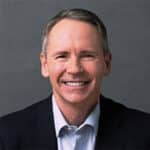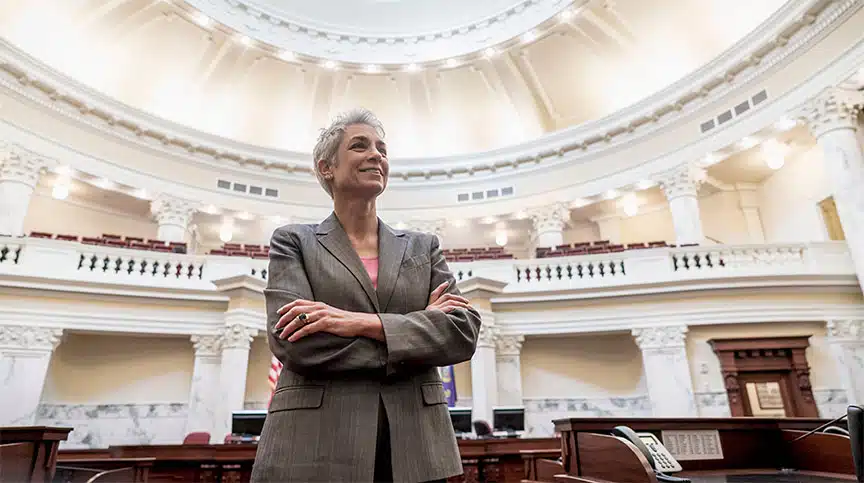Myths are powerful. Belief drives behavior. You may have heard, or fallen for, numerous assumptions about leaders working in the government, both from those working within it and from others on the outside.
Here are 5 common misconceptions about government leadership and an analysis of how these myths about leadership in government stack up to reality.
Addressing Common Myths & Misconceptions About Federal Government Leadership
Government Leadership Myths vs. Reality
1. Government leadership is different from other forms of leadership.
Over the past few decades, our researchers have conducted several studies to compare leadership scores for government leaders with those of other industries, and have found there’s no major difference in leading a large organization in private industry, versus a large organization in government. What’s different is the context.
In other words, the way effective leadership plays out can seem different, depending on the challenges of that environment. (Learn more about our research comparing leadership challenges in the private sector to civil service, or comparing leadership challenges in civil service to the military.)
2. Government employees are more motivated by service than their non-government counterparts.
People working in government are thought to have a greater call to service than their peers in other industries.
But our research suggests otherwise. Their study found that federal and non-federal workers share similar motivations. Regardless of the sector, most employees are primarily motivated by their organization’s mission, followed by their own career motivations.
The takeaway? Leaders in all industries, including government, should focus on service and mission — and they must find innovative ways to boost employee motivation outside of financial incentives.
3. Military leaders are the best at forming and leading teams.
Military leaders are understandably revered for their skill at leading teams, so it stands to reason that they’re best at leading civilian/military teams in the public sector.
One flaw in that assumption? Our research shows that the major factor for career derailment among military officers is difficulty forming and leading teams at a senior level.
We have verified through interviews with both military and civilian senior leaders that many military officers come into positions with the same mentality they had as commanders in uniform, and they’re using the same techniques with civilians that they would with junior enlisted staff or junior officers.
Many times, the culture of the agency would not reward these behaviors, and the civilians, knowing the officers were leaving in just 18–24 months, would just wait them out.
The takeaway? At senior levels, authority is not as important as collaboration.
Leaders need to increase communication across agency and departmental silos to succeed; see how government leaders can collaborate across boundaries.
4. To succeed in government, leaders just need to focus on their technical specialties.
Another CCL study looked at the strengths and weaknesses of government leaders by analyzing 360-degree data. It found that government leaders’ coworkers saw “leading employees” among the the most important leadership competencies for federal government leaders.
To be effective, public service leaders must be able to balance technical and leadership abilities.
So in the government or not, leaders should ask themselves where they’re strong and where they need development. They then need to leverage their strengths to address any developmental factors.
For workers in government agencies, focus in particular on developing the specific skills that government leaders need to succeed.
5. Government leaders lack innovation and creativity to solve complex problems.
Are leaders in government service less effective than leaders in other industries? Evidence suggests otherwise. Leaders in government have done exceptional things — and have important strengths. Notably, they’re seen as quick to acquire new knowledge, they’re resourceful, and they’re willing to do whatever it takes to achieve agreed-upon goals.
These findings show that government agencies have a group of interpersonally skilled, intelligent, and committed leaders — a powerful asset on which to build in any organization.
But the government environment does create some unique constraints that may impact leaders’ ability to foster innovation. Still, there are ways that even more traditional organizations can innovate successfully.
Ready to Take the Next Step?
We have decades of experience researching government leadership myths and building stronger leadership skills among federal employees by tailoring our leadership training programs for government-sector employees through our Government practice. Learn more about our leadership programs that are GSA-approved for individual development.










